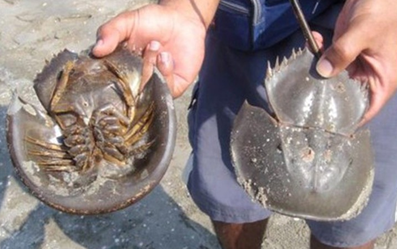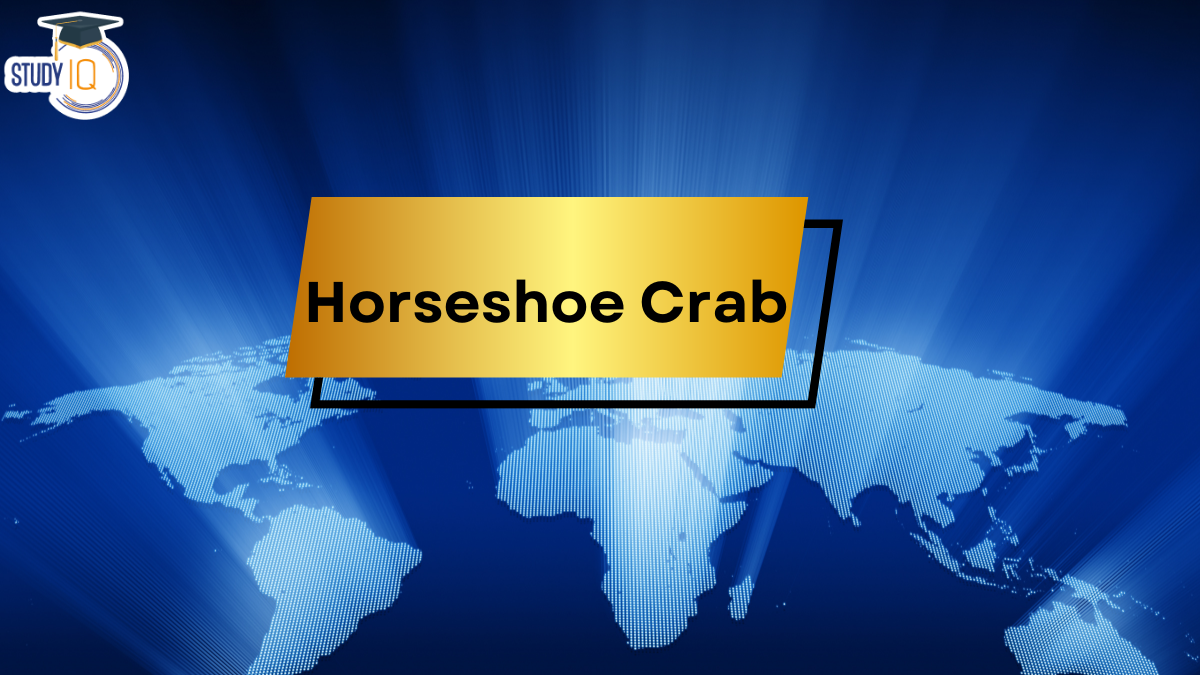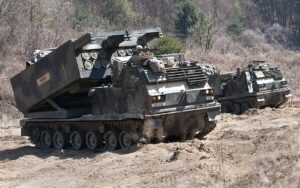About Horseshoe Crab

Characteristics and Features
- These crabs are closely related to spiders and scorpions.
- Living Fossils:
- They are marine arthropods belonging to the family Limulidae.
- They are considered “living fossils” due to their existence for over 450 million years with minimal morphological changes.
- Physical Traits:
- Hard, horseshoe-shaped carapace, long tail spine (telson), and multiple pairs of legs.
- Their blood is bright blue due to the presence of copper-based hemocyanin, which is crucial for their immune response.
- Horseshoe crabs glow under UV light.
- This is because of a process called cuticular fluorescence.
- They have six pairs of legs but only five are for walking.
- One horseshoe crab can lay about 4,000 eggs.
- Lifespan: 20 – 100 years.
| Did you Know? |
| Blue blood contains a substance called Limulus Amebocyte Lysate (LAL) – crucial for testing medical equipment for bacterial contamination in the biomedical industry. |
- Conservation Status
-
- IUCN Status: Data deficient (for both types which are found in India)
- Wildlife Protection Act (WPA): Schedule IV
- Threats:
- Overharvesting for bait and biomedical use
- Habitat loss from coastal development
- Destructive fishing practices.
- Distribution in India
- Species Found: India is home to 2 species:
- Coastal Horseshoe Crab
- Mangrove Horseshoe Crab
- Location: Northeastern coast of Odisha (Balasore and Kendrapara districts) and in parts of the Sundarbans in West Bengal.
- Recent Initiatives for Protection
- Tagging Program: The Zoological Survey of India (ZSI) and the Odisha Forest Department have initiated a tagging program to study horseshoe crab populations and their habitats.
- This first-of-its-kind effort in India aims to monitor threats and conservation needs over the next three years.
- Tagging Program: The Zoological Survey of India (ZSI) and the Odisha Forest Department have initiated a tagging program to study horseshoe crab populations and their habitats.
- Species Found: India is home to 2 species:


 National Technology Readiness Assessment...
National Technology Readiness Assessment...
 Justice Mission-2025: China’s Live-Fir...
Justice Mission-2025: China’s Live-Fir...
 Suryastra: First Made-in-India Long-Rang...
Suryastra: First Made-in-India Long-Rang...

























